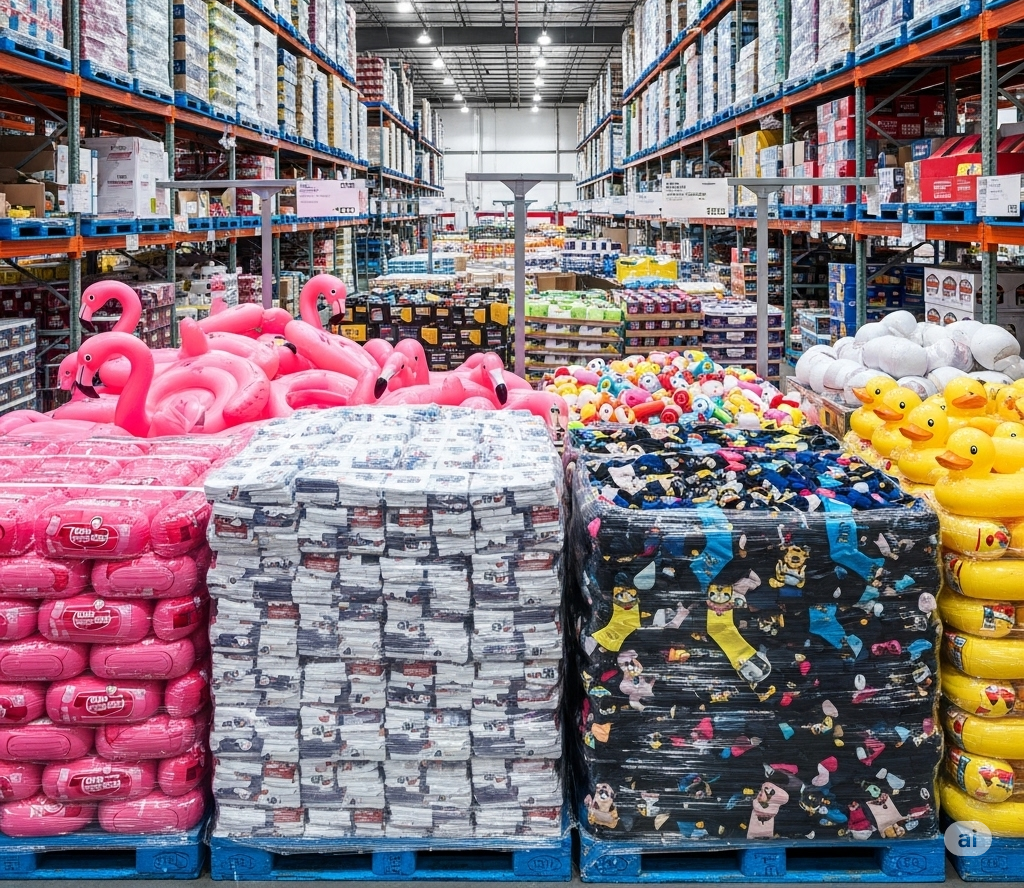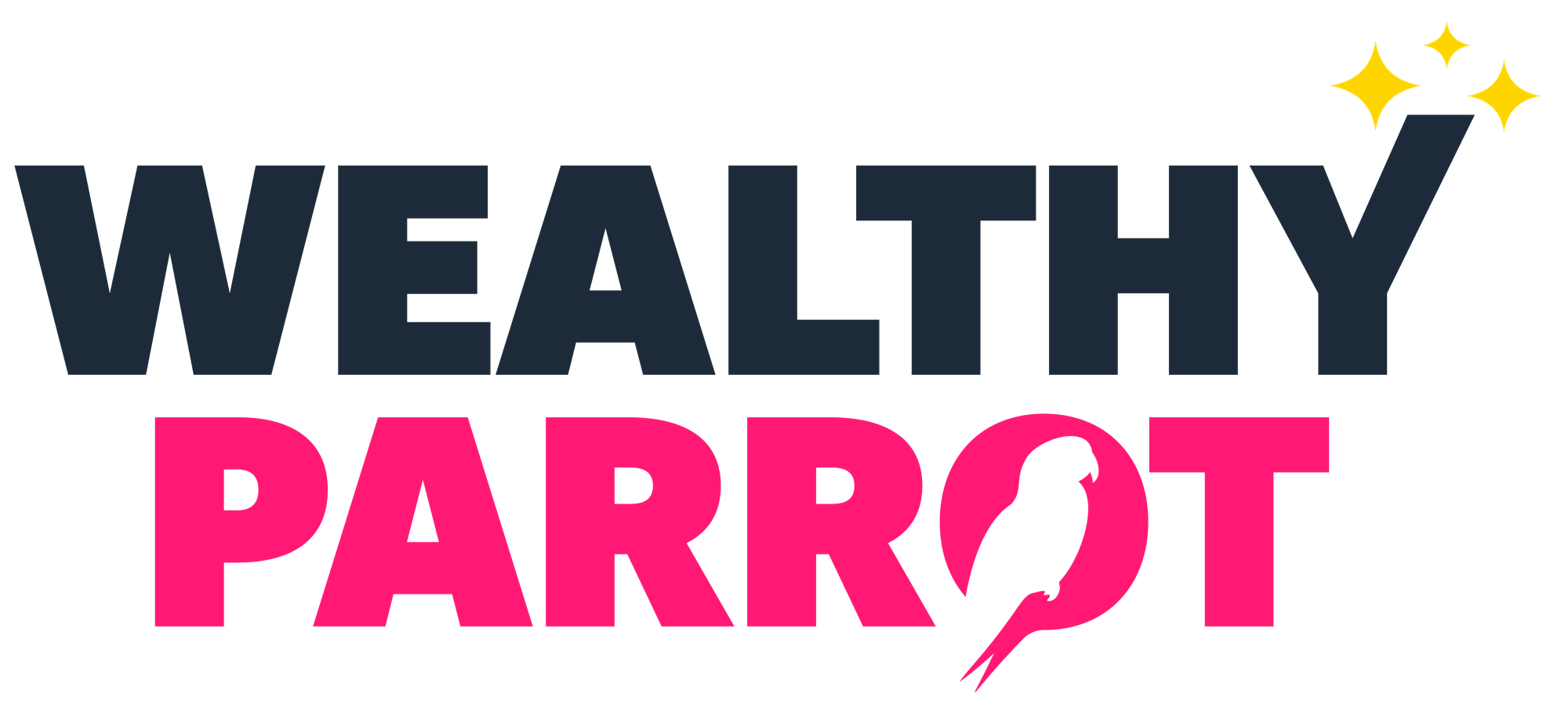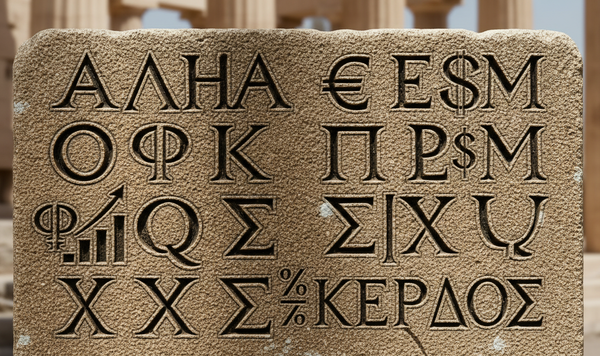How Costco turned "return everything" into a $4.8 Billion money-making machine

Picture this: A woman walks into Costco with a dead Christmas tree. Not just any dead tree - we're talking full-on Charlie Brown territory, needles everywhere, probably been sitting in her living room since December. It's January 4th. She wants her money back.
And you know what? Costco gives it to her.
This isn't some urban legend - it actually happened, went viral, and perfectly captures why Costco's seemingly insane "return literally anything, anytime" policy has generated $4.8 billion in membership revenue while making competitors cry into their profit margins.

Here's the beautiful irony: The company that lets you return half-eaten birthday cakes and 22-year-old TVs has built retail's most bulletproof business model. While other retailers are tightening return policies faster than your jeans after Thanksgiving dinner, Costco doubles down on generosity - and laughs all the way to the bank.
Why are they doing this? They've cracked the code on human psychology. Research shows that generous return policies increase purchases more than they increase returns - meaning customers buy MORE stuff when they feel safe, but they don't actually return more.
Costco's 92.9% membership renewal rate creates a money printer that would make the Federal Reserve jealous. When people are literally paying you for the privilege of shopping - and then viral TikTok videos of your insane return policy get millions of views - you've basically invented the perfect marketing machine disguised as customer service.
Let's dive into the economics of being ridiculously nice to customers (and why your local Walmart could never pull this off).
The beautiful economics of "Yes, we'll take that back"
Costco's return policy looks like financial suicide until you peek behind the curtain. While Target managers are having nightmares about their margins, Costco is playing 4D chess with customer lifetime value.
Those $4.8 billion in annual membership fees aren't just revenue - they're a massive insurance policy that lets Costco say "yes" to literally everything. With 137 million global members paying $65-130 annually, they've basically reversed the entire retail game. Instead of paying to acquire customers, customers pay them to exist. It's genius.

The membership fee math is beautiful: Executive members pay an extra $60 annually but account for a staggering 73.3% of worldwide sales despite being less than half the member base. These premium members break even at about $3,000 in annual spending - and most blow past that number easily.
When the average member visits 30 times per year spending about $115 per trip, that's $3,450 annually over relationships lasting over 10 years. Using fancy lifetime value calculations, each member is worth over $5,200 in total profit ($4,433 from Merchandise + $816 from Memberships):

Suddenly, giving someone $50 back for a dead Christmas tree doesn't look so crazy - it looks like the cheapest customer retention program ever invented.
While Costco processes an estimated $7.1 billion worth of returns annually (based on an employee estimates of 3% return rate of total sales), only about 1-1.5% of sales are actually non-sellable. That means the real cost is closer to $2.97 billion - completely covered by that membership fee fortress.
But wait, there's more! As we just saw in the beginning, Executive members paying $130 annually generate 72.8% of total sales despite being only 45.4% of the membership base. These premium customers are basically funding the entire "return anything" party, and they're happy to do it because they get to be part of the club.
Meanwhile, Costco maintains an industry-leading 0.11% of sales shrinkage rate (the loss of merchandise due to theft, damage, or administrative errors.) compared to the retail average of 1.6%. On $249.6 billion in sales, they lose about $275 million to theft and damage versus the $4+ billion their competitors face. The membership card system basically turns every Costco into a fortress where people behave better because they have skin in the game.
Your brain on return policies: the psychology of "safety first" shopping
Ever wonder why you feel braver buying a 50-pound bag of quinoa at Costco than a small box at the grocery store? Welcome to the wonderful world of loss aversion, where your brain treats potential losses twice as seriously as equivalent gains.
The Journal of Retailing's meta-analysis dropped a truth bomb: return policy leniency increases purchases more than it increases returns. Translation? People go shopping crazy when they feel protected, but they don't actually return stuff that much. It's like having a gym membership - the peace of mind matters more than whether you actually use it.
The University of Texas at Dallas found out that 90-day return policies actually have lower return rates than 30-day policies. Why? Something called the endowment effect. The longer you own that ridiculous 5-gallon jar of mayo, the more it becomes "yours," and returning it feels like giving away part of your identity. Costco figured this out and said, "Fine, keep it forever if you want, but you probably won't."
The membership psychology is the real kicker. You've already paid your annual fee - that's a sunk cost making you want to squeeze every drop of value from your membership. Combined with unlimited returns, your brain creates this beautiful rationalization: "I'm special, I have access to amazing benefits, so I should probably not abuse them too much." It's like having VIP access - it makes you feel important AND well-behaved.
Survey data backs this up: 82% of consumers say return policies influence purchasing decisions, ranking second only to free shipping. For bulk purchases - Costco's bread and butter - this jumps even higher because nobody wants to be stuck with 24 rolls of paper towels that feel like sandpaper.
Why Walmart can't copy Costco's homework
Costco's return policy isn't just generous - it's a competitive moat so deep that traditional retailers would drown trying to cross it. Here's why your local Walmart can't really do the same.
Traditional retailers operate on razor-thin margins - grocery at 1-3% and general merchandise at 4-6%. When you're basically making pennies on the dollar, every return hurts. Costco's $4.8 billion membership buffer means they can treat returns as marketing expenses rather than profit killers.

When 80% of members cite the return policy as a key loyalty factor, competitors aren't just competing on price - they're asking customers to give up their security blanket. Good luck with that.
When returns go viral: the accidental marketing genius
Costco accidentally discovered that outrageous customer service creates better marketing than any Super Bowl ad. Every time someone returns something ridiculous, the internet goes wild, and Costco gets millions in free advertising.
That dead Christmas tree story (that I mentioned in the beginning of the article), spawned millions of social media impressions. TikTok creator Jackie Nguyen returned a 2.5-year-old couch simply because she "didn't like the color anymore" - her video explaining the seamless process hit over 3 million views. Another couple went viral for returning a 5-year-old mattress they found uncomfortable, getting a full refund that they immediately used to buy a bigger mattress.
The greatest hits collection reads like a customer service fever dream: empty wine bottles returned for "causing headaches," and half-eaten birthday cakes accepted without question. Each story makes people either laugh or gasp - both reactions lead to sharing.
Reddit's r/Costco community boasts 1.3 million members who treat return stories like folklore. Instagram influencers with millions of followers regularly highlight the return policy as a membership perk. This isn't just word-of-mouth - it's word-of-mouth on steroids, creating trust that no amount of paid advertising could buy.
The viral mechanism is self-sustaining: shock value drives shares, success stories encourage copycats, and the whole thing builds "insider" culture around Costco membership. Stories leap from platform to platform - Facebook to Reddit to TikTok to mainstream media - creating compounding marketing value.
Industry experts estimate this organic marketing value could exceed $100 million annually in traditional advertising costs. Suddenly, even the most outrageous returns become profitable just from the buzz they generate.
The bulk buying confidence boost
Costco's return policy is particularly brilliant in the warehouse format because it solves the number one problem with bulk buying: "What if I hate this 50-pound bag of something?"

Quantity anxiety is real. Nobody wants to be stuck with 24 rolls of sandpaper-textured toilet paper or 5 pounds of salmon that tastes like fish-flavored cardboard. Return policies transform these high-stakes purchases into low-risk experiments.
Quality uncertainty compounds the problem. You can't exactly test-drive individual items in warehouse formats, especially with Costco's Kirkland Signature products that make up 25% of sales. The return guarantee essentially says, "Go ahead, take a chance on our store brand - worst case, you're out some time."
Costco's average transaction value of $150 crushes traditional retailers, partly because customers feel brave enough to fill their carts when they know they can undo their mistakes.
Product trials skyrocket when financial risk disappears. This creates a beautiful cycle: customers try more products → suppliers sell more volume → Costco negotiates better prices → customers get better deals → everyone wins except Costco's competitors.
Understanding Costco's customer data and business intelligence system
Every return tells a story, and Costco is listening - then turning that intelligence into cold, hard profits.
The scale advantage is staggering. With fewer than 4,000 SKUs compared to Walmart's average 120,000 products, Costco becomes a massive customer for any given supplier. The SKU strategy creates remarkable buying power concentration: Costco generates $58 million in sales per SKU compared to Walmart's $4 million per SKU, despite Walmart's larger overall purchasing volume (COGS in 2024 was $490B for Walmart vs $222B for Costco). When you're one of someone's biggest customers, you get to make demands about quality - and you get listened to when things go wrong.

Return patterns reveal everything: geographic preferences, seasonal trends, quality issues, and customer behavior. When someone returns that 5-gallon jar of pickles, it might indicate that even pickle enthusiasts have limits. This intelligence is particularly valuable for Kirkland Signature, which generated $50+ billion last year - that's nearly a quarter of Costco's total revenue.
Fun Fact: Kirkland Signature alone generates more revenue than Coca-Cola's entire global business, and most shoppers don't even realize it's all made by the same company.
Costco cross-docks 92% of its merchandise, meaning products flow directly from suppliers to stores with minimal handling (vs ca 10% for competitors like Walmart). This reduces damage and waste while ensuring return feedback reaches suppliers faster. Plus, warehouse employee suggestions get communicated to corporate and discussed at monthly budget meetings with executives - creating a feedback loop that includes everyone from floor staff to country managers.
The feedback loop creates a virtuous cycle: better products → fewer returns → happier customers → more loyalty → more purchasing data → even better product selection. Meanwhile, competitors are flying blind, guessing what customers want instead of systematically learning from their mistakes.
Personal finance hack: weaponize generous return policies
You can take advantage (respectfully!) of the generous return policies and turn them into powerful financial tools. Think of them as free insurance policies for your purchasing decisions.
For major purchases, return policies beat traditional warranties. Buying a TV, appliance, or furniture? Choose retailers with generous policies for financial protection that formal insurance can't match. Costco's (almost) unlimited returns essentially eliminate buyer's remorse risk for most purchases.
Bulk buying becomes smarter when you can return unused portions. Stock up on non-perishables without worrying about waste, try new products in large sizes, and take advantage of bulk pricing with minimal downside risk.
Quality experimentation becomes affordable when you can return items that don't meet expectations. This is especially valuable for personal items like mattresses where individual preferences matter more than reviews.
Return policies essentially provide financial flexibility that traditional insurance can't match, making them valuable tools for smart financial planning.
The bottom line: when being nice pays off
Costco's return policy proves that customer-centric strategies can create competitive moats deeper than the Grand Canyon. That $4.8 billion in membership revenue funding their generosity generates returns through loyalty, viral marketing, and operational insights that dwarf the policy's costs.
The strategy works because it addresses fundamental human psychology - loss aversion, risk reduction, trust building - while leveraging a business model designed to sustain short-term costs for long-term gains. As competitors tighten policies to combat fraud, Costco's consistent generosity becomes increasingly valuable.
The key insight for business: generous policies require specific economic conditions that most companies can't replicate. But when you have strong customer lifetime value, predictable revenue streams, operational efficiency, and cultural alignment, generosity transforms from a cost center into a profit driver.
The lesson for consumers: return policies provide financial flexibility and risk reduction that make them valuable factors in purchasing decisions. Shop smart by factoring policy generosity into major purchases.
The ultimate takeaway: Costco discovered that being ridiculously nice to customers isn't just good karma - it's good business. They've built a money-making machine disguised as customer service, and their competitors are still trying to figure out how they did it.
Sometimes the best business strategy is simply being the company that says "yes" when everyone else says "maybe" or "no."





